When it comes to house training an older dog, many owners may feel overwhelmed or unsure where to begin. However, with a little patience, consistency, and positive reinforcement, it is possible to successfully house train an older dog. This article will provide you with a complete guide on how to house train an older or senior dog with ease. By following these tips and techniques, you can help your furry friend understand the importance of appropriate bathroom behavior and create a peaceful living environment for both you and your four-legged companion.
Understanding the Importance of Proper Potty Training for Adult Dogs
Proper potty training is crucial for adult dogs for several reasons. First and foremost, it helps to ensure a clean and hygienic living environment for both you and your dog. A well-trained dog will know where to eliminate, reducing the chances of accidents occurring inside the house.
Secondly, proper potty training helps to establish a routine for your dog, which can promote better overall behavior and discipline. When a dog knows when and where to go potty, it becomes easier for them to understand other commands and boundaries.
A house-trained dog is more likely to have fewer behavioral issues, such as marking territory or engaging in destructive behavior when left alone. By teaching your older or senior dog proper potty training, you are setting them up for a happier and healthier life.
Assess Your Dog’s Health
Before starting the house training process, it is important to assess your dog’s health. Some medical conditions, such as urinary tract infections or gastrointestinal issues, can cause frequent house soiling or an inability to control their bladder. If you suspect that your dog’s potty training troubles are due to a health issue, it is best to consult with your veterinarian to rule out any underlying problems.
Setting Up a Safe and Comfortable Environment for Potty Training
Creating a designated area for your dog to eliminate is an essential step in house training. Choose a spot in your yard or indoor pee pad to create a designated potty area. Make sure this spot is easily accessible and away from high-traffic areas to minimize distractions.
When introducing your older dog to the designated area, use positive reinforcement and rewards to encourage them to use it. This can be in the form of treats, praise, or a favorite toy. By associating this spot with positive experiences, your dog will be more motivated to use it.
Ensure that your dog has a comfortable and spacious crate or confinement area. Dogs naturally avoid eliminating in their sleeping space, so providing them with a cozy den-like area can help with the house training process. Make sure the crate is large enough for them to stand, turn around, and lie down comfortably.
Establishing a Consistent Routine
Consistency is key when it comes to successfully house training an older dog. Set specific times for feeding, watering, and taking your dog out to eliminate. Generally, dogs need to eliminate shortly after a meal or drinking water to establish a routine. Take your dog outside to the designated potty area after each meal, as well as first thing in the morning and before bedtime.
By following a consistent schedule, your dog will learn to anticipate and understand when and where they should eliminate.
During the house training process, it is important to closely monitor your dog’s behavior. Look for signs such as sniffing the ground, circling, or pacing, as these are indicators that your dog needs to go out. When you notice these behaviors, promptly take your dog to the designated potty area which will reinforce your dog’s schedule.
Use Positive Reinforcement and Reward-Based Training
Positive reinforcement is crucial in house training an older dog. When your dog successfully eliminates in the designated area, immediately praise and reward them. This can be done through verbal praise, enthusiastic petting, or a small treat. By associating positive experiences with proper elimination, your dog will be motivated to repeat the behavior.
On the other hand, it is important to refrain from punishing or scolding your dog for accidents or mistakes. This will only confuse and frustrate them, hindering the house training process. Instead, focus on rewarding and reinforcing desired behaviors.
Consistent Supervision and Management
During the initial stages of house training, it is important to provide consistent supervision and management for your older dog. This means keeping an eye on them at all times to prevent accidents from occurring. You can do this by keeping your dog on a leash or confining them to a small area of the house where they can be closely monitored.
If you cannot keep a constant eye on your dog, consider using a crate or playpen to restrict their movement. This can help prevent accidents when you are unable to actively supervise them.
Remember, though, that crates and playpens should not be used as a form of punishment but rather as a safe space for your dog. it is important to clean up accidents properly to remove any lingering odors that may attract your dog to eliminate in the same spot again.
Use an enzymatic cleaner specifically designed for pet accidents to thoroughly clean the area and eliminate any traces of urine or feces.
Choosing the Right Confinement Space for Your Adult Dog

When it comes to potty training your adult dog, choosing the right confinement space is crucial. This space will not only serve as a safe area for your dog to stay when you are unable to supervise them, but it will also help accelerate the potty training process by utilizing your dog’s instinct to keep their living area clean.
One option for confinement space is using a crate. If your dog is crate trained, this can be a great option as most dogs will not want to go to the bathroom in the same space where they sleep.
Make sure the crate is large enough for your dog to stand up, turn around, and lie down comfortably, but not so large that they can use one end as a bathroom area. A crate is a valuable tool for potty training.
If your dog is not crate trained or needs a bit more space to roam, consider setting up a “dog zone” confinement area using a dog playpen. This allows your dog to have a bit more freedom while still limiting access to large areas where they may be tempted to go to the bathroom.
When choosing a confinement space, make sure it is in a quiet area of your home where your dog can relax and feel safe. Avoid placing the confinement space near their food and water bowls, as dogs typically do not want to go to the bathroom where they eat.
The key to choosing the right confinement space for your adult dog is to create a space where they feel comfortable and safe, while also encouraging them to hold their bathroom needs until they are taken outside. By setting up the right confinement space, you can help accelerate the potty training process and set your dog up for success.
Read our complete guide on crate training an older dog here.
Providing Necessary Supplies for Successful Potty Training
To successfully potty train an older dog, it is important to have the necessary supplies to facilitate the training process. Here are some essential items you will need:
Dog Pee Pads or Outdoor Space: Decide whether you want your dog to eliminate indoors on pee pads or outdoors in a designated area. If you choose pee pads, place them in the confinement space where your dog will spend most of their time. If you opt for outdoor potty training, designate a specific spot in your yard for your dog to use.
Leash and Collar: A leash and collar are essential for taking your dog outside for potty breaks. Make sure the leash is sturdy and the collar fits comfortably around your dog’s neck.
Treats: Positive reinforcement plays a crucial role in house training. Keep a stash of small, tasty treats handy to reward your dog for successfully going potty in the desired spot. This will help reinforce the behavior and motivate your dog to continue using the designated area.
Cleaning Supplies: Accidents can happen, especially during the initial stages of potty training. Keep a supply of enzymatic cleaners specifically designed for pet accidents to quickly and effectively clean up any mess
Establishing a Consistent Potty Routine for Your Adult Dog
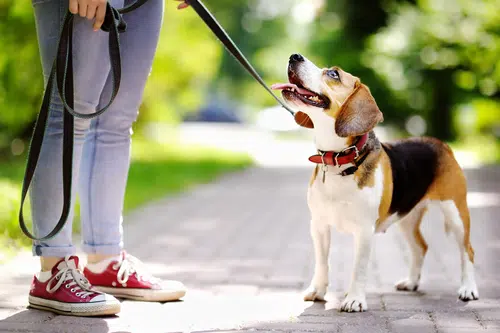
Establishing a consistent potty routine is key to successfully house train an older dog. Dogs thrive on routine and will quickly learn what is expected of them if you provide structure and consistency. Here are some steps to follow:
Creating a Daily Potty Schedule for Your Dog
Determine a schedule: Set specific times throughout the day for frequent potty breaks. This can include first thing in the morning, after meals, before bedtime, and every few hours in between.
Consistency is key, so stick to the schedule as much as possible.
Take your dog out on a leash: When it’s time for a potty break, leash your dog and take them directly to the designated potty area. This will prevent them from getting distracted or wandering off.
Use a cue word: Choose a cue word or phrase, such as “go potty” or “do your business,” and use it consistently during potty breaks. This will help your dog associate the cue with the act of eliminating.
Wait patiently: Once you’re in the designated potty area, give your dog some time to sniff around and find the perfect spot. Be patient and avoid distractions that may cause them to delay their bathroom needs.
Using Positive Reinforcement Techniques to Encourage Good Bathroom Habits
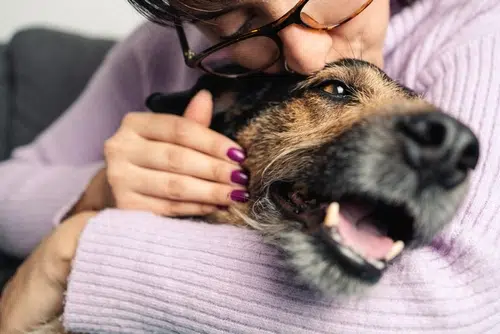
Using positive reinforcement techniques can greatly enhance the effectiveness of house training an older dog. Here are some strategies to encourage good bathroom habits:
Reward immediately
When your dog successfully eliminates in the desired spot, immediately reward them with praise and a treat. Make sure to give the treat right after they finish so they understand the connection between going potty and the reward.
Give verbal praise
In addition to treats, use verbal praise such as “good job” or “well done” to reinforce the positive behavior. Dogs respond well to hearing encouraging words from their owners.
Create a positive association
Make the designated potty area a positive place for your dog. Praise and reward them consistently when they go there, and avoid any negative experiences in that area. This will reinforce the idea that going potty in that spot is desirable.
Ignore accidents
Accidents may happen during the house training process, especially with an older dog. It’s important not to scold or punish your dog for accidents, as this may create fear or anxiety associated with going potty in front of you. Instead, clean up accidents calmly and reinforce the correct behavior by praising and rewarding your dog when they go in the right spot.
Addressing Common Potty Training Issues and Solutions
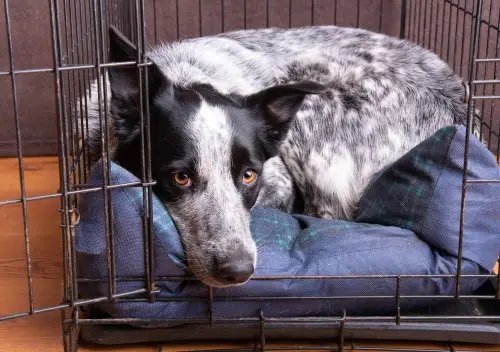
Even with the best efforts, there may be some common issues that arise during the house training process. Here are some solutions to address these problems:
Accidents inside the house
If your older dog has accidents inside the house, it’s important to clean them up thoroughly to remove any lingering scent that may attract them back to the same spot. Use enzymatic cleaners specifically designed for pet accidents. Additionally, consider limiting your dog’s access to certain areas of the house until they are fully potty trained.
Inconsistent signaling
Some dogs may struggle to signal their need to go outside, especially if they were never taught to do so. In this case, you can train your dog to use a bell or a specific pawing motion to let you know when they need to go potty. Whenever you take them out for a potty break, encourage them to ring the bell or perform the pawing motion before opening the door.
Marking territory
If your older dog is marking their territory inside the house, it’s crucial to address the underlying issue. Neutering or spaying your dog can help reduce this behavior. Additionally, provide plenty of opportunities for exercise and mental stimulation to keep your dog physically and mentally satisfied. Consider using dog-friendly deterrent sprays or blocking off certain areas of the house to prevent marking behavior.
Fear or anxiety-related accidents
Some older dogs may experience fear or anxiety that leads to accidents indoors. It’s important to identify and address the root cause of their fear or anxiety. Seek the help of a professional dog trainer or behaviorist who can assist you in developing a training plan specifically tailored to your dog’s needs.
Seeking Professional Help for Difficult Potty Training Cases
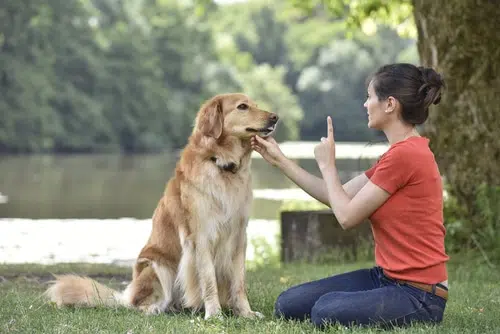
If you find that your older dog is still having difficulty with house training despite your best efforts, it may be time to consider seeking professional help. A professional dog trainer or behaviorist can provide valuable guidance and expertise to help address any underlying issues that may be hindering your dog’s progress.
When choosing a professional, look for someone experienced in working with older dogs and potty training. They should have a good understanding of canine behavior and be skilled in positive reinforcement training techniques. Make sure to do your research and read reviews or ask for recommendations to find a reputable professional in your area.
During a consultation with a professional, they will evaluate your dog’s behavior, environmental factors, and any potential medical issues that could be contributing to their house training difficulties. They may then create a customized training plan that addresses these specific challenges.
In some cases, it may be necessary to rule out any underlying medical conditions that could be causing your dog’s potty training issues.
Conditions such as urinary tract infections, bladder stones, or incontinence can affect a dog’s ability to control their bladder. If your dog has consistent accidents despite your efforts, it’s important to have them checked by a veterinarian to ensure there are no underlying health concerns.
Final Words
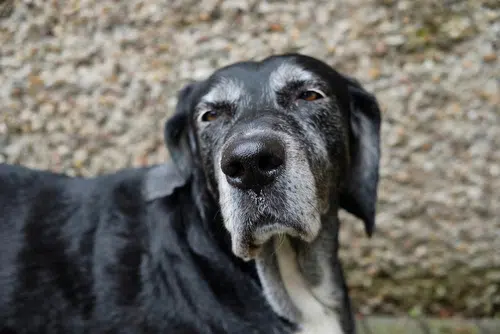
house training an older dog may require patience, consistency, and understanding, but it is entirely possible with the right approach. By assessing your dog’s health, setting up a comfortable environment, establishing a consistent routine, using positive reinforcement techniques, and addressing any issues that arise, you can help your furry companion learn appropriate bathroom behavior and create a harmonious living space for both of you.
Remember, every dog is unique, and it’s essential to tailor your training approach to suit your dog’s individual needs. With time, dedication, and perhaps some professional guidance if needed, you can successfully house train your older dog and enjoy a happy, well-behaved pet for years to come.

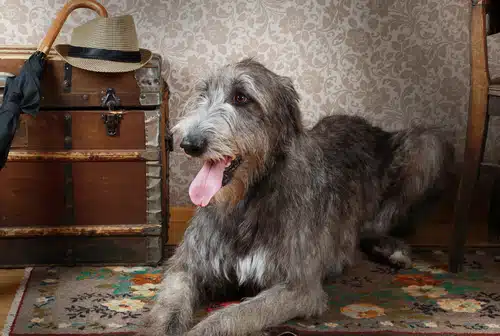
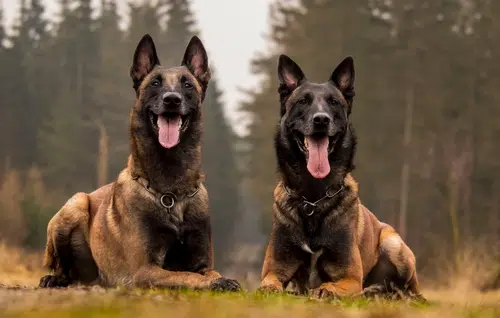
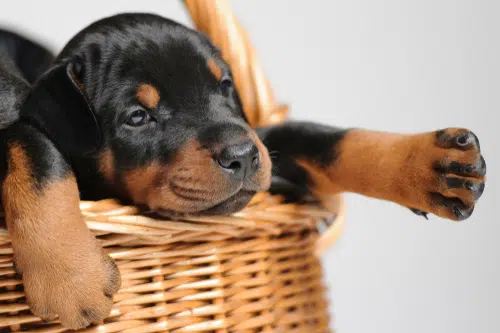

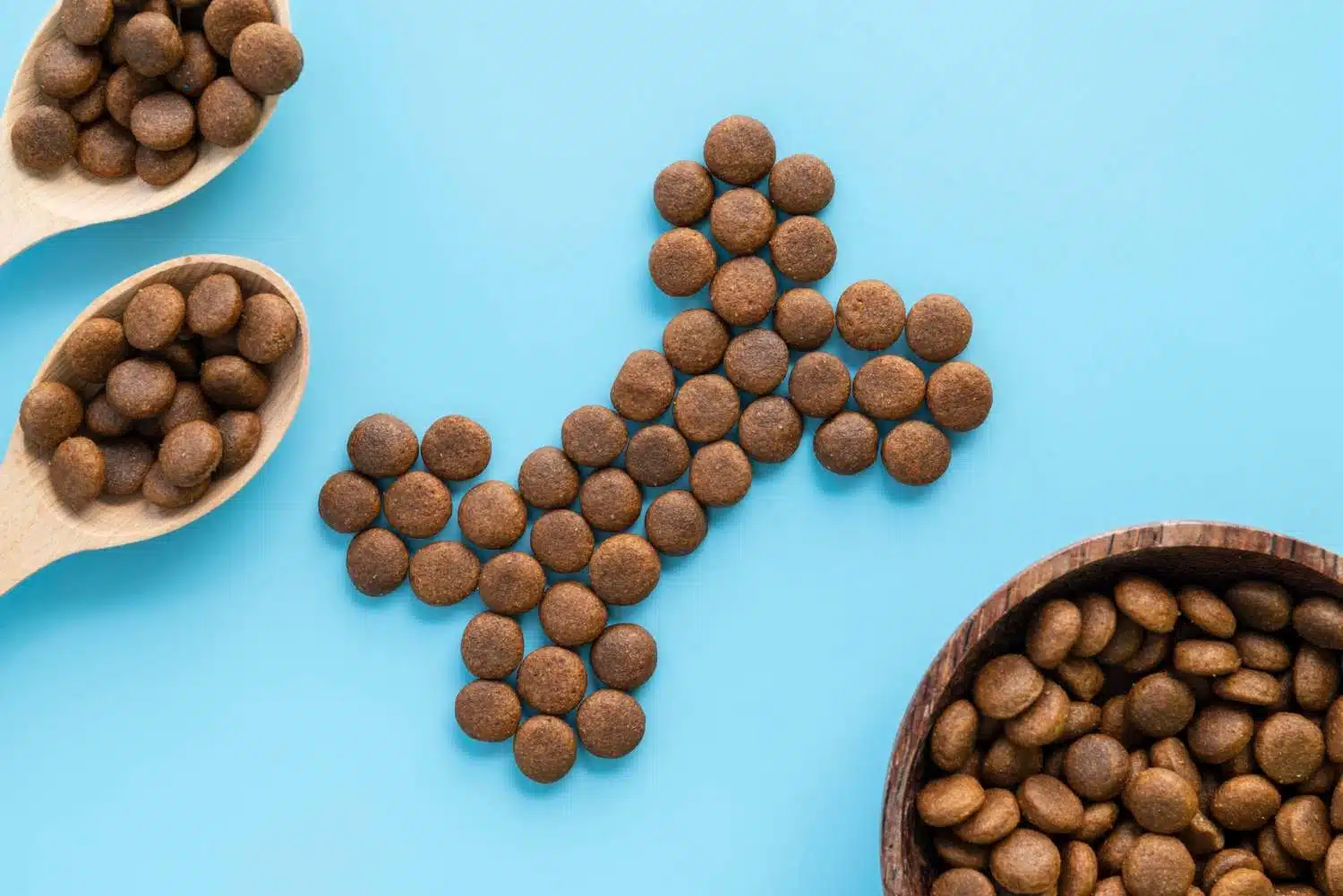


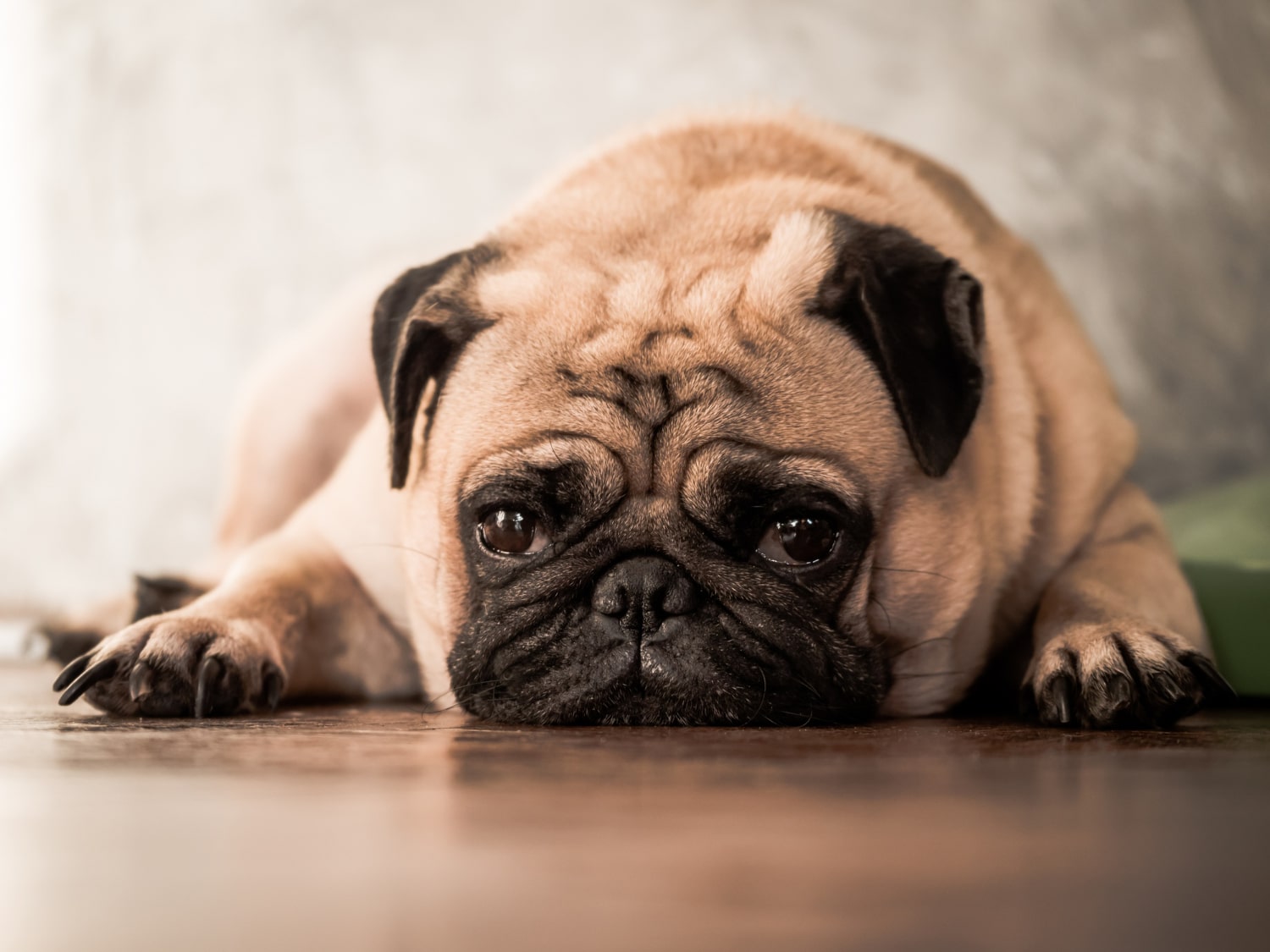
Get involved!
Comments